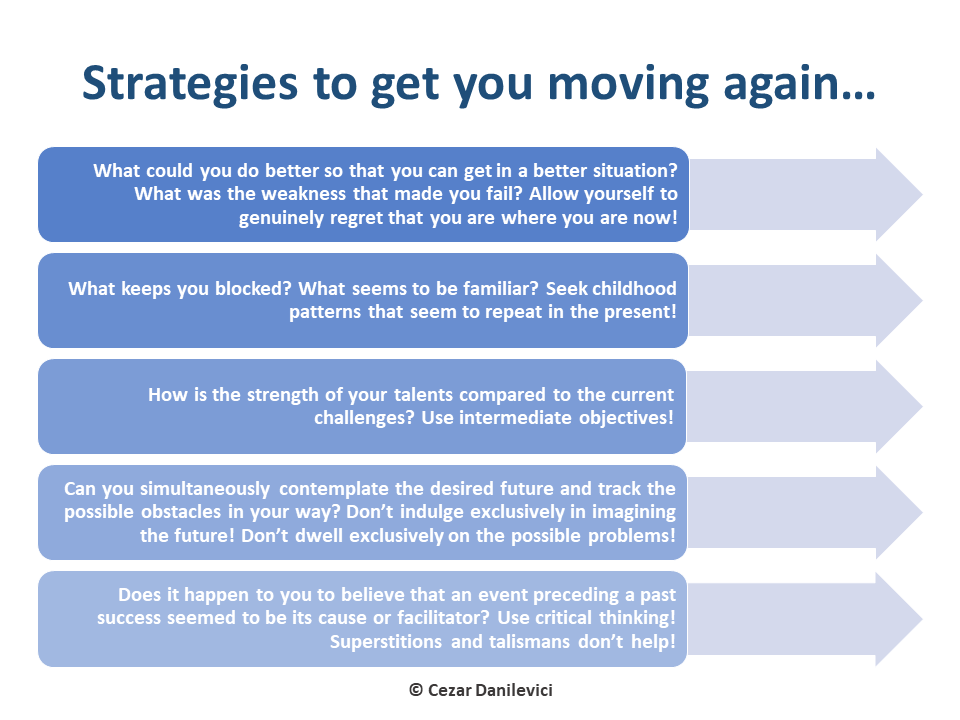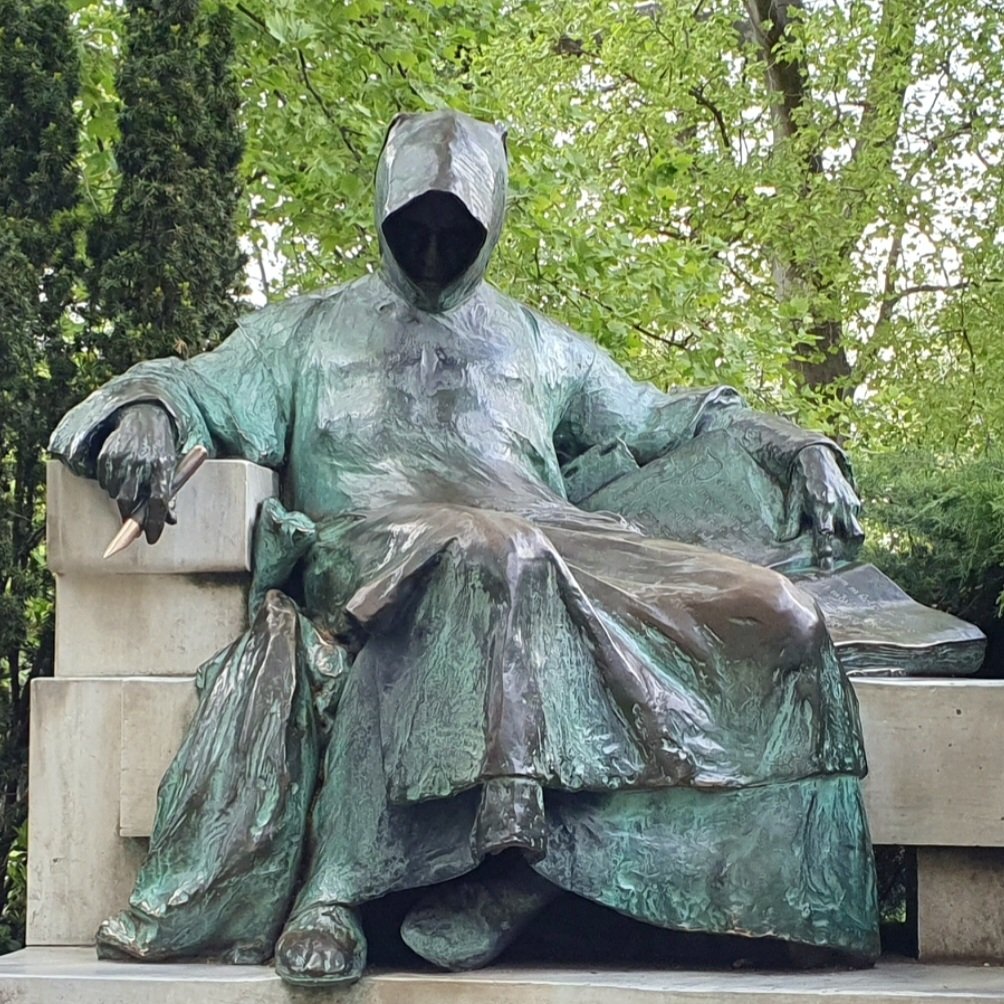So, what does “psychotherapy” means?
From my understanding, what people collectively call “psychotherapy” is a group of techniques and schools of thought that deal with difficulties, blocking situations, choices, conflicts, etc. – all these happening in the minds of the people. When things are too difficult to be dealt with at an inner personal level, some people seek help outside. This should not be confused with people seeking psychotherapy so as to “socialize” or seek human contact (because they’re not able to find this contact or friendships or a sense of togetherness), although working on “not being able to establish contacts on your own” could be a psychotherapeutic objective. Typically, a psychotherapeutic process involves a contract and the one who seeks therapy is refer to as client and not patient, because not all “clients” suffer from a mental disease in a psychiatric sense. In practice, most people seeking psychotherapy have “difficulties” and not “disorders”, and by far the largest proportion consists of people suffering from personality disorders and neurosis, situations who require little to no medication as the main line of therapy. Also, another distinction between psychotherapy and psychiatry is that psychotherapy tends to establish a horizontal relationship between equals, that is, you accompany or assist the client while he/she/they find their path towards a healthy resolution of their problem(s), while in psychiatry there is a vertical relationship, that is, the physician-psychiatrist is giving medication (superior position) so as to cure (help, implicit inability) the patient (implicit inferior position).
This role of psychotherapist was always necessary in a society, from the earliest times of history. Initially there was the healer, the witch, the druid, the priest, the shrink, until the first physicians appeared in history and began to prescribe drugs for pain. Then there were the philosophers and the theologians. Then the psychiatrists began to appear, initially as neuro-psychiatrists. The field of psychotherapy was always more or less a jungle, where everyone tried to practice, earn money to make a living and, why not, profit. Even today, this field is loosely regulated and there are many countries where you can simply declare yourself a psychotherapist and begin to work and earn.
Throughout history, I mean the modern history of psychotherapy, which is more or less intertwined with psychology and psychiatry, there are several waves or revolutions, and most of the nowadays schools of psychotherapy can trace back their roots to one or more waves.
The first revolution began when Pavlov, a Russian, discovered the conditioned and unconditioned reflexes. His most known experiment was the one with a dog who used to receive food while a bell was rang; Pavlov saw that the dog began to hyper-salivate even before smelling the food when the bell was rang, leading to the conclusion that imagination plays an important role, that beings can be conditioned to behave in a certain way and, more importantly, there is always room for manipulation and also for behavioral anticipation. From Pavlov emerged the first wave, the cognitive school of thought, leading to the development of CBT (cognitive-behavioral therapy) which is, at its simple level, a way to “tame” people (or train, educate, you name it) so as to do certain things and to not do others. The cognitivism, as we call it today, is at the basis of training for every psychologist; it is an obligatory training and is part of the curriculum at the faculty. It has branched into several schools under Albert Ellis (rational emotive behavior therapy), Aaron Beck (cognitive behavioral therapy), Arnold Lazarus (multimodal therapy), Jeffrey Young (schema therapy), so as to name only a few. When hearing about ACT (acceptance and commitment therapy), DBT (dialectical behavior therapy), MBCT (mindfulness-based cognitive therapy), exposure, desensitization, flooding, habit reversal, etc., one must think about cognitivism and the innovations it bought to our world.
The second wave came with Freud, an Austrian, the founder of psychoanalysis, who had the original idea, among other outstanding ideas who are now part of the usual psychological vocabulary, that there is something called the unconscious mind. This second wave was based on the deep exploration of the mind, on lengthy hours of analysis, and is typically called the psychodynamic school of psychotherapy. Freud has influenced Adler, Jung and Fromm, and has left a strong influence in psychology: mentalization, inner conflicts, defensive mechanisms, dream analysis, transference, complexes, archetypes, and other terms – all come from this school of thought.
The third wave is the humanistic one. It is quite heterogeneous and relatively new. It is mostly known for the existentialist approach (Otto Rank, Rollo May, Viktor Frankl and his logotherapy, Irvin Yalom), for the person-centered therapy of Carl Rogers, for the Gestalt therapy of Fritz Perls, for Abraham Maslow’s work, for the positive psychology of Martin Seligman and others. Then, a fourth wave followed, the transpersonal psychology of Stanislav Grof, continuing the work of Jung and going towards psychedelic experimentations and spiritual, if not esoteric, practices. At the interface of these waves of psychotherapy thought, several techniques or integrative methods appeared: the transactional analysis of Eric Berne, the hypnosis of Milton Erickson and then the NLP (neuro-linguistic programming) of Richard Bandler and John Grinder, the psychodrama of Jacob Moreno, the narrative therapy, the family (systemic) therapy of Virginia Satir, the art or play therapy, the relaxation techniques like Schultz’s autogenic training or the biofeedback, and many more “schools” or “therapies” do appear today, although they are mostly a mix of what was discovered in the past.
Now, back to the practicality of the present: what does “psychotherapy” means? Well, any and all of these. The truth is that any therapist you choose, he/she/they will probably have a basic training in cognitive techniques, will likely use psychodynamic elements and, if lucky, will also use some humanistic ideas. Some therapists prefer the behavioral way of seeing life, others are more psychoanalytical, and others are humanistic. But after some time people have come to a conclusion: it’s more about the relationship you develop with your therapist (who is practically re-parenting you) and it’s less about a particular technique or school of thought they’re using. In other words, it’s the relationship that heals, and not the therapist’s background of training. Obviously, this leaves an open question: how can I know which therapist fits me (or my problem) better?
My personal answer to this question was to train in an integrative psychotherapy school. It is also true that it was one of the few possibilities being offered at that time; I had to choose between cognitive-behavioral therapy, family therapy and positive psychotherapy, and I chose the last one because I liked the trainer who was also a psychiatrist, so it was a rather emotional choice. Family therapy was an enormous work on articles, statistics and narrative therapy, and I was not disciplined enough to frustrate myself with that. As for cognitivism, I always saw it best suited for training/taming pets, although later I learned to appreciate a structured way of working and schema therapy was really an eye-opener. What I enjoyed about Nossrat Peseschkian’s positive psychotherapy was the idea of positum and the idea of balance (ideas I hope to expand in future articles). But this initial training was only the beginning, as I had to start from somewhere. With the passing of years I have fallen in love with the idea of being integrative, that is, using one or other technique (or even school of thought) based on what I feel the client needs, aiming to perform, towards the end of therapy, and integration of the elements of the client’s psyche that seemed to function chaotically, following the principles of Richard Erskine. This means that I can use a cognitive framework when needed, a psychoanalytical one when I feel the client pushes me to do that, or an existentialist approach if the issues become more philosophical. I find this flexibility very much in line with my way of functioning, while opening the possibility to communicate and build bridges with other professionals, regardless of their training background.
So, this is all you probably need to know regarding both the history and the schools of psychotherapy. I shall come back with articles more focused on a particular approach in the future, but for now, I think, it is enough.
—
Related Infographics:





